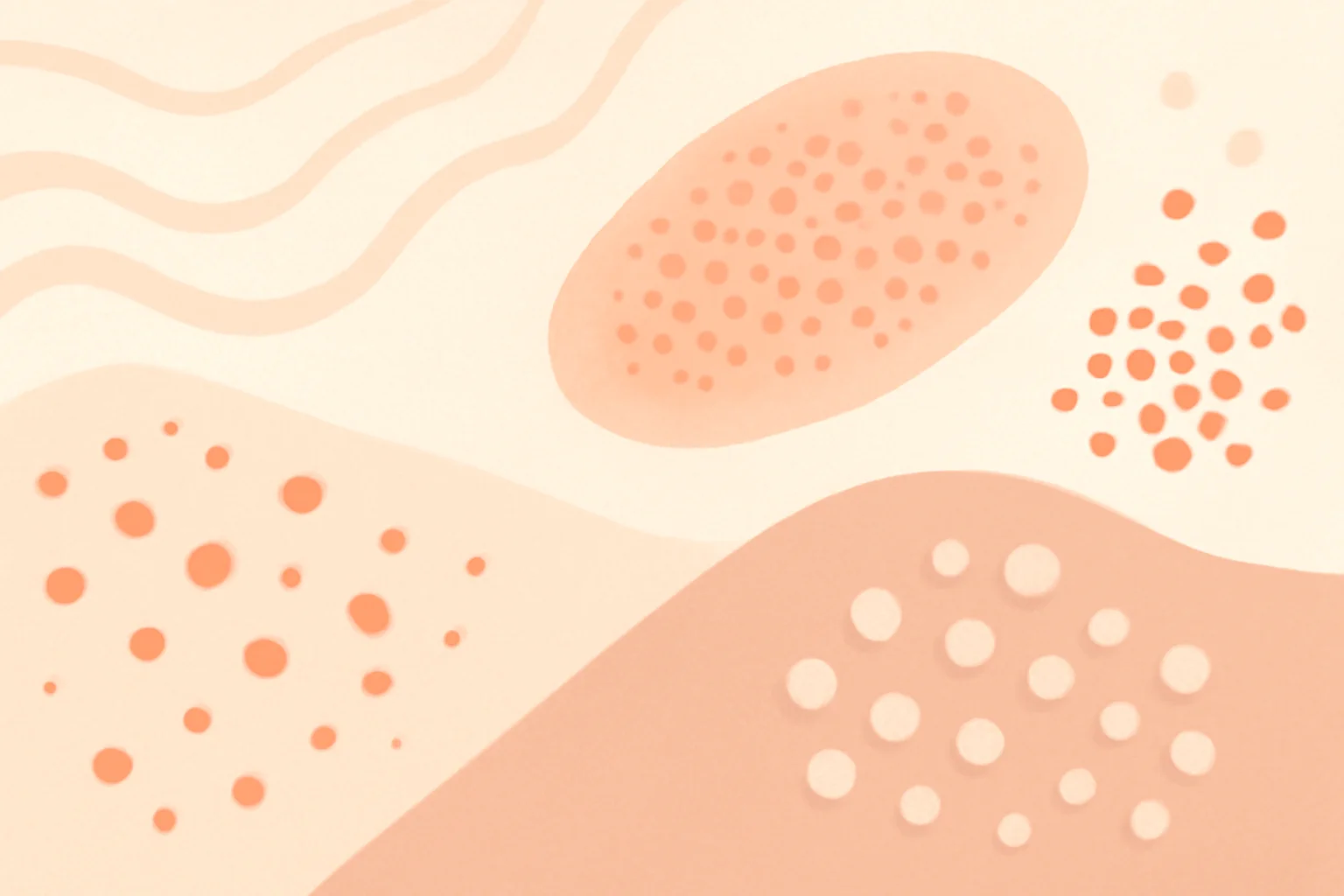
Rash or Allergy? Understanding the Symptoms and Differences
The health and condition of the skin can reveal a lot about our body. Skin rashes and allergic reactions are common problems that can occur for various reasons. Our skin is our largest organ and is constantly exposed to external environmental factors such as pollutants, chemicals, and allergens. These elements can trigger various reactions, often in ways that are difficult to distinguish. The symptoms of rashes and allergies may be similar; however, the underlying causes and treatment methods often differ.
Rashes can appear in many forms, such as red spots, blisters, or scaly patches, and can cause varying levels of itching. In contrast, allergic reactions are the body’s immune responses that occur in reaction to the presence of allergens. Allergic symptoms can manifest not only on the skin but also in the respiratory system and gastrointestinal tract. To establish an accurate diagnosis, it is important to be aware of the differences and similarities, as possessing the right information is essential for appropriate treatment.
Types and Causes of Skin Rashes
Skin rashes can present in various forms, and different causes may be behind them. One of the most common types is contact dermatitis, which occurs when the skin comes into direct contact with an irritant or allergen. This can include substances such as soap, chemicals, metals, or plants like poison ivy. Symptoms of contact dermatitis include redness, itching, and peeling of the skin.
Another common rash is hives, which appears suddenly and typically manifests as itchy, red spots. This rash is often a consequence of an allergic reaction and can have various triggers, such as foods (like nuts, eggs), medications, or even insect bites. Hives are generally temporary, but in more severe cases, medical intervention may be required.
Acne rashes are also widespread, particularly among young people. These rashes develop due to the overactivity of sebaceous glands and clogged pores. Acne indicates an inflammatory condition of the skin, which can be caused by hormonal changes, stress, or improper skincare. Various topical and systemic therapies are available for treating acne.
Lastly, psoriasis is a chronic skin disease that causes red, scaly patches on the skin. This autoimmune disorder is responsible for the rapid renewal of skin cells, leading to an excessive buildup of the skin’s outer layer. Treating psoriasis is complex and typically requires medication, lifestyle changes, and special skincare products.
Allergic Reactions and Their Symptoms
Allergic reactions are the responses of the body’s immune system when allergens—such as pollen, dust mites, pet dander, or certain foods—enter the body. These reactions can present in various forms and severities. Allergic symptoms can be quite diverse and may affect not only the skin but also other parts of the body.
Allergic skin reactions include eczema, which is a chronic inflammatory skin disease. Eczema causes itchy, red patches and can be associated with skin peeling. This condition often begins in childhood but can also appear in adulthood. Treatment for eczema generally involves the use of moisturizing creams and anti-inflammatory medications.
Respiratory allergies are also widespread, with symptoms including sneezing, runny nose, coughing, and shortness of breath. These reactions typically occur upon inhalation of pollen, pet dander, or dust mites. In addition to avoiding allergens, the use of antihistamines can help alleviate symptoms.
Food allergies can also pose serious problems. Certain foods, such as peanuts, eggs, milk, or shellfish, can trigger severe allergic reactions that may lead to life-threatening conditions. Symptoms include rashes, swelling, abdominal pain, and anaphylactic shock. Managing food allergies requires strict dietary restrictions and medical supervision.
How to Differentiate Between a Rash and an Allergy?
Rashes and allergic reactions often exhibit similar symptoms, making it difficult to distinguish between them. The first step in establishing an accurate diagnosis is to monitor the symptoms. Rashes are typically localized, while allergic reactions are often more widespread and may affect other body parts.
It is also important to consider the timing of the rash’s appearance. If the rash appears immediately after contact with an allergen, it is likely an allergic reaction. In contrast, rashes that develop slowly are often associated with other causes, such as infections or skin diseases.
Itching can also be a key factor in answering the question. Allergic reactions generally cause stronger itching, while the itching from rashes can vary. The location of the rash’s appearance can also aid in diagnosis; for example, contact dermatitis typically occurs on the areas of skin that came into contact with the irritant.
If there is uncertainty about the cause of a rash or allergy, it is advisable to consult a doctor. A physician may conduct a dermatological examination and may recommend allergy tests if necessary. Establishing the correct diagnosis is essential for effective treatment and can help avoid further complications.
Note: This article does not constitute medical advice. Always consult a doctor for health issues.

